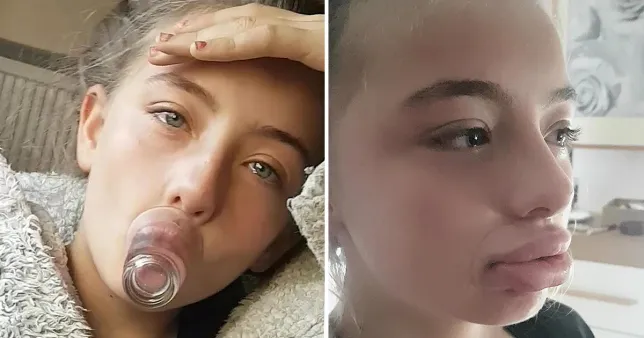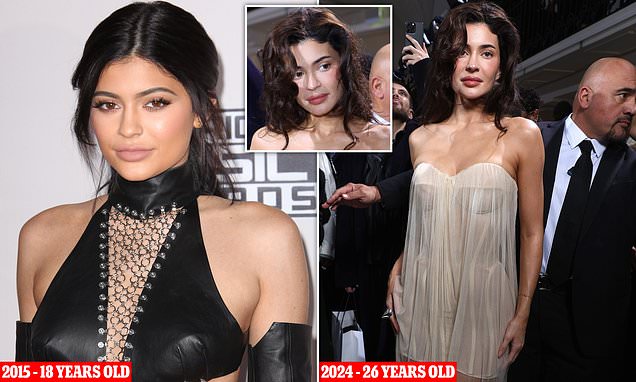A lot of people are beginning to feel some typa way about the fact that when a member of the Kardashian-Jenner clan sheds a tear, it’s supposed to cause a global kerfuffle—even when they’re crying over something that is ultimately their own doing. While there is a healthy level of empathy, the general public seems to be employing the bombastic side eye this time, as they have long been on the receiving end of the emotional damage caused by the same beauty standards that have made the famous family billions of dollars.
In a recent appearance on their reality TV show, Kylie Jenner (26) was seen sobbing about being trolled for looking old, despite her status as a beauty icon. She shared how the constant criticism has affected her self-image and mental well-being. Her supermodel sister Kendall Jenner had similar sentiments, complaining about being objectified and dehumanised by the public. As masters—some would say, architects—of today’s influencer landscape, it makes sense to assume that they knew exactly what they were doing.
Or perhaps they thought they knew—as their emotional display didn’t go down as well as they might have hoped. Viewers thought the Jenner sisters’ tears seemed disingenuous, possibly staged to maintain public sympathy and relevance. The Kardashian-Jenner family has long capitalised on controversies for publicity as well as promoted and profited from unrealistic beauty standards. Kylie, in particular, has faced backlash for her cosmetic enhancements, misleading beauty products, and unrelatable displays of wealth aimed at her huge fanbase.
Now, as the sisters begin to move to new trends, ditching their Blackfishing, plumper aesthetic and pushing the resurgence of the skinnier heroin chic aesthetic by removing their fillers and implants, fans are trolling, while the sisters continue to paint themselves as victims, ignoring the drastic impact of their beauty trends on millions of women and girls. Despite growing criticism, the Jenner sisters’ on-camera beauty woes have highlighted not only their enduring impact but also the need for continuous work on the perils of beauty trends.
As much as people are coming for Kylie, we all know the feeling. In her Psychology Today article, Dr. Azadeh Aalai calls it “beauty sickness”, drawing from Dr. Renee Engeln’s book Beauty Sick (2017). Engeln’s research reveals that young girls start internalising beauty standards, perpetuated by unrealistic media images and social media influences from a very early age. Despite advancements in gender equality, the argument is that society continues to focus on women’s physical appearance, equating it to women’s worth.



Of course, beauty sickness has many intersectional implications. The Kardashian-Jenner clan are still a good example of the discrepancies between beauty standards as applied to white women as opposed to women of colour. During the 2010s, they adopted and were praised for features associated with Black women and now they have ditched those for new trends, a privilege women of colour might not have. An article from The CSR Journal on beauty sickness in India highlights the harmful effects of society’s obsession with fair skin.
These beauty hierarchies are even more harmful now that social media has expanded the reach and pace of aesthetic norms historically bound by geography. The quickness of beauty trends even has negative environmental implications. A Glamour article explores how platforms like TikTok encourage people to follow fast trends like the e-girl, barbie-core, cottage-core or clean-girl aesthetic, which while they may feed a desire for self-expression, community and validation, also limit inclusivity, particularly when it comes to race, gender, age and body image.
The truth is that beauty is subjective and people shouldn’t necessarily be judged for their beauty practices, regardless of the size of their following. But beauty sickness thrives in influencer culture, especially among younger people, and significantly impacts mental health, fostering issues like low self-esteem, depression and eating disorders. Despite yielding mixed results, efforts to promote inclusive beauty standards are crucial. Kylie Jenner isn’t the problem but her own tears prove that the whole world would be better off without her influence.



















































